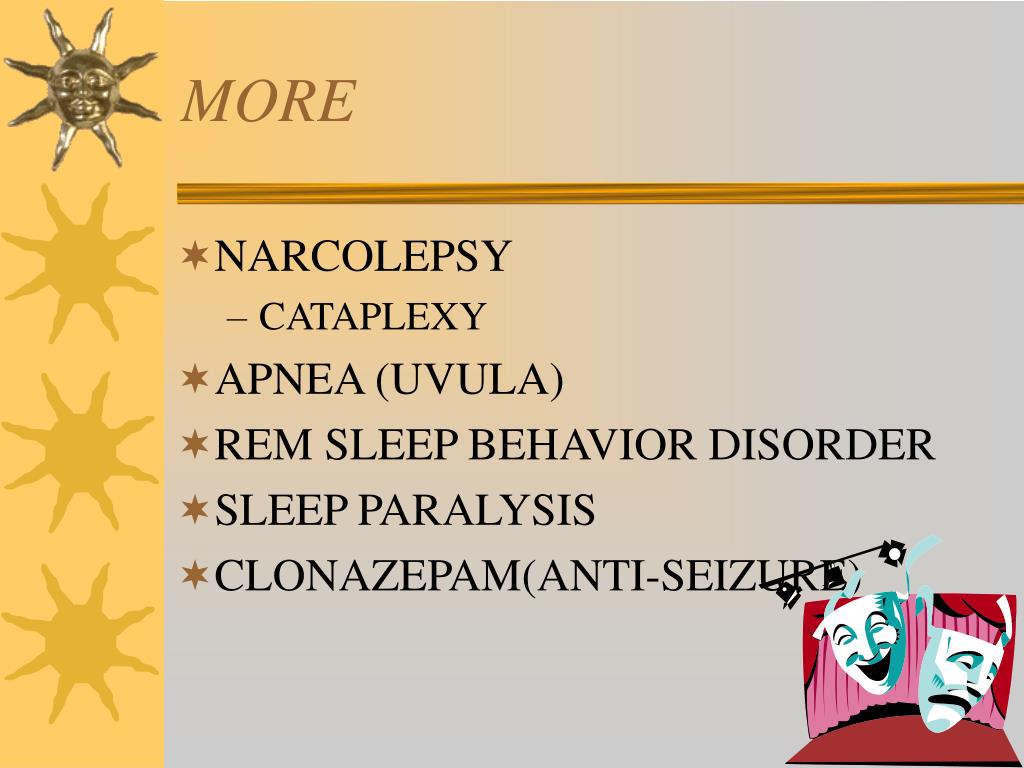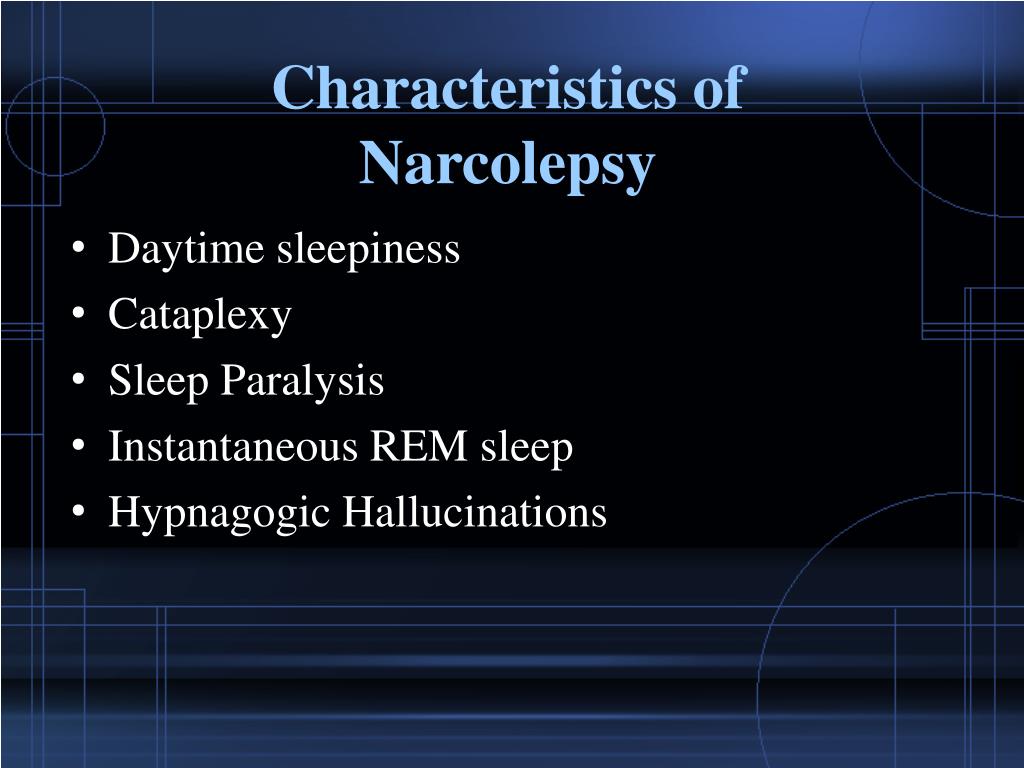
In other scenes, Charlie slowly crumples to the ground-a more typical presentation of severe cataplexy. There, his doctor explains to Francesca that Charlie has narcolepsy, a serious condition (or “endearing quirk” according to his brother) that results from the death of his hypocretin neurons (yay for scientific accuracy!). This fall lands him in the emergency room with a concussion. One particularly flawed example: after meeting the beautiful Francesca (Morena Baccarin), Charlie (Martin Freeman) stiffens like a board and falls backward down a flight of stairs onto concrete, which looks more like a trust fall exercise gone wrong than an episode of severe cataplexy. It’s not as catchy, but this definition is more accurate, and I believe accuracy should be a priority when making a film about a serious, highly stigmatized medical condition.īeyond the opening scene, there was a mix of both accurate and painfully inaccurate portrayals of cataplexy. Not everyone with narcolepsy experiences cataplexy narcolepsy without cataplexy is defined as type 2 narcolepsy. It is the sudden uncontrollable onset of muscle paralysis or weakness, typically triggered by strong positive emotions, such as laughter.

My suggestion: Cataplexy is one of the five hallmark symptoms of type 1 narcolepsy. Had narcolepsy experts been involved in the film’s production, perhaps a better definition would have been used. I understand that Hollywood’s purpose is to entertain, but when movies like Ode to Joy fail to get the facts right, moviegoers come away with misperceptions that perpetuate the spread of misinformation about an already misunderstood disorder. Most people with narcolepsy know enough about cataplexy to recognize the inaccuracy of Ode to Joy’s definition, but the majority of moviegoers will take the definition at face value, and this concerns me. Similarly, the movie’s definition of emotions that trigger cataplexy (anger, surprise, fear and joy) does not include humor or laughter – the most common cataplexy triggers according to research (laughing excitedly, making a sharp-minded remark, and telling a joke are the three most common triggers (Overeem, 2011, Sleep Medicine, PMID: 21145280 )).
#NARCOLEPSY WITH CATAPLEXY DEFINITION MOVIE#
Here’s what the movie misses: cataplexy without narcolepsy is extremely rare (it has only been documented in a couple of case reports), and defining it as a disorder by itself is misleading. Right off the bat, Ode to Joy portrays cataplexy as an isolated condition, failing to mention that it is a symptom of one type of narcolepsy (type 1). As both a scientist and a person living with type 1 narcolepsy with cataplexy, I have studied the science of narcolepsy so that I can explain my condition to others in a clear and accurate way (with the ultimate goal of reducing stigma). But mostly…joy.” This definition is both inaccurate and incomplete. In the opening scene of Ode to Joy, a definition flashes on the screen: “Cataplexy is a neurological disorder that causes sudden attacks of muscle weakness.” The definition continues on the next screen: “It is triggered by strong emotions such as anger, surprise and fear. But overall, I was disappointed in the movie’s unrealistic, inaccurate portrayal of living with narcolepsy with cataplexy.

After watching the movie, I remain hopeful that this is possible. I hoped that by watching a movie about narcolepsy, viewers might be able to recognize their symptoms, or potentially those of a friend or family member. Narcolepsy is a challenging disorder to diagnose, and people often live with symptoms for 10+ years before diagnosis. When I learned that a movie featuring a character with narcolepsy was headed to theaters, I was hopeful and open-minded.

She’s also an advocate who publishes her on narcolepsy…


 0 kommentar(er)
0 kommentar(er)
